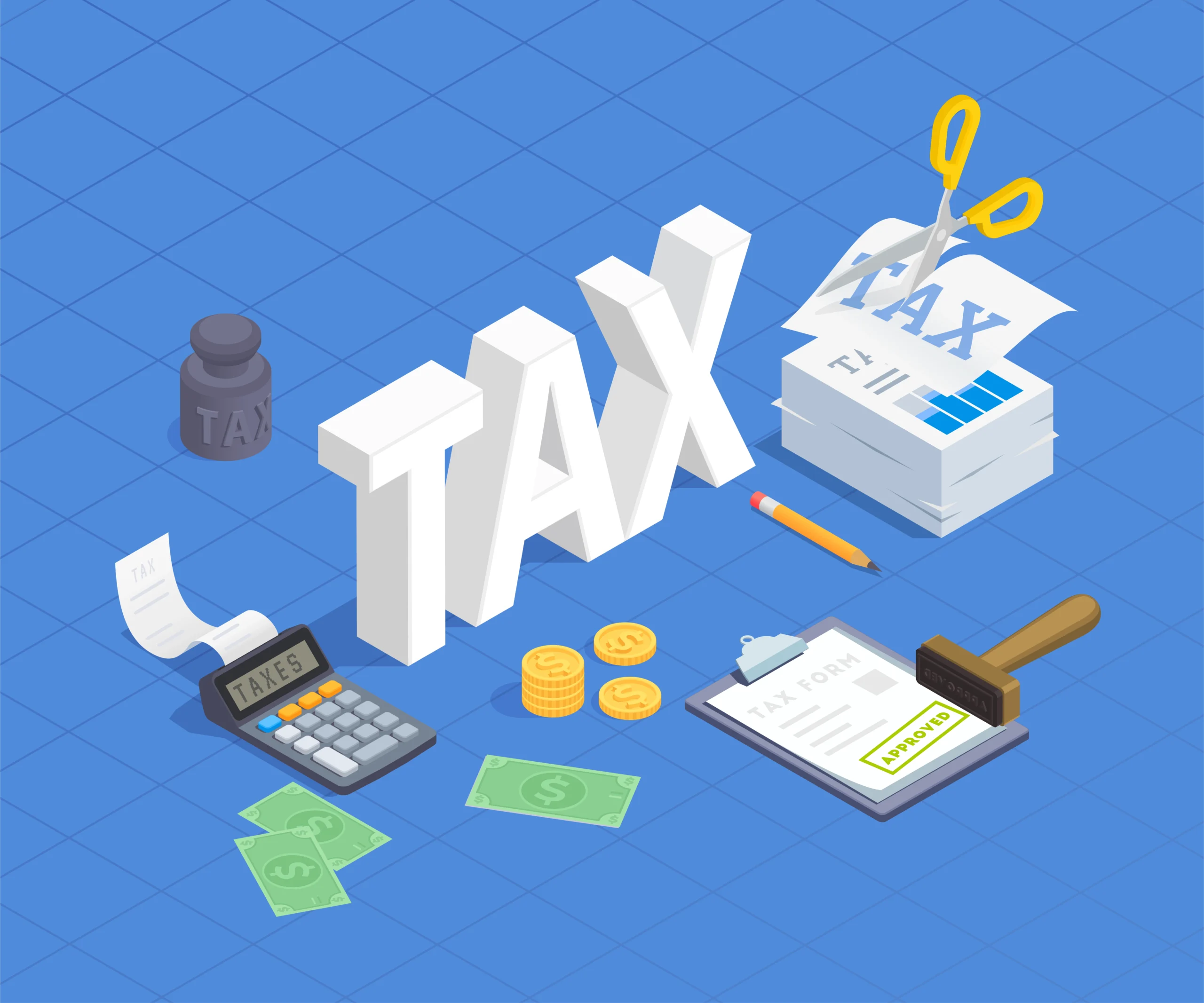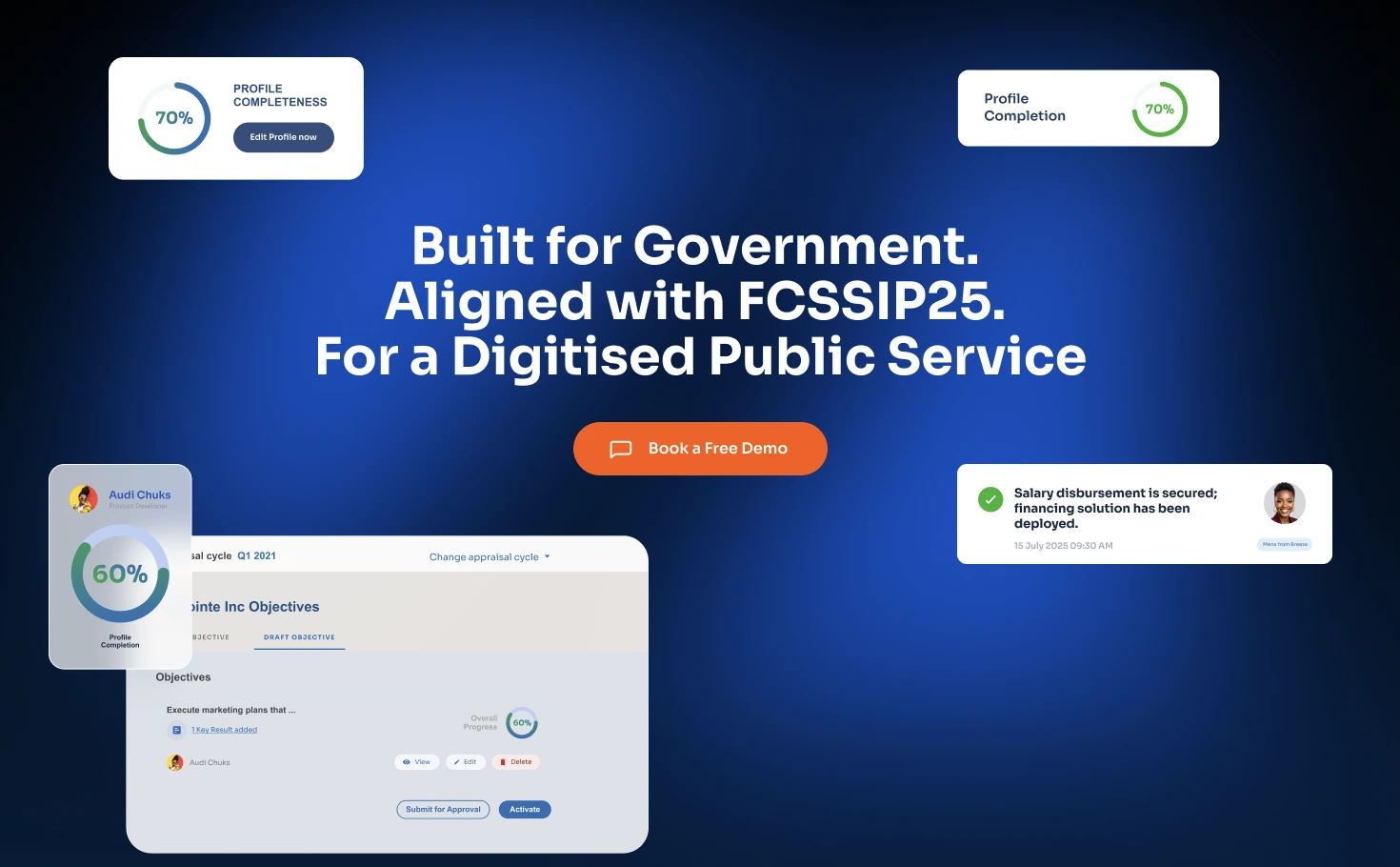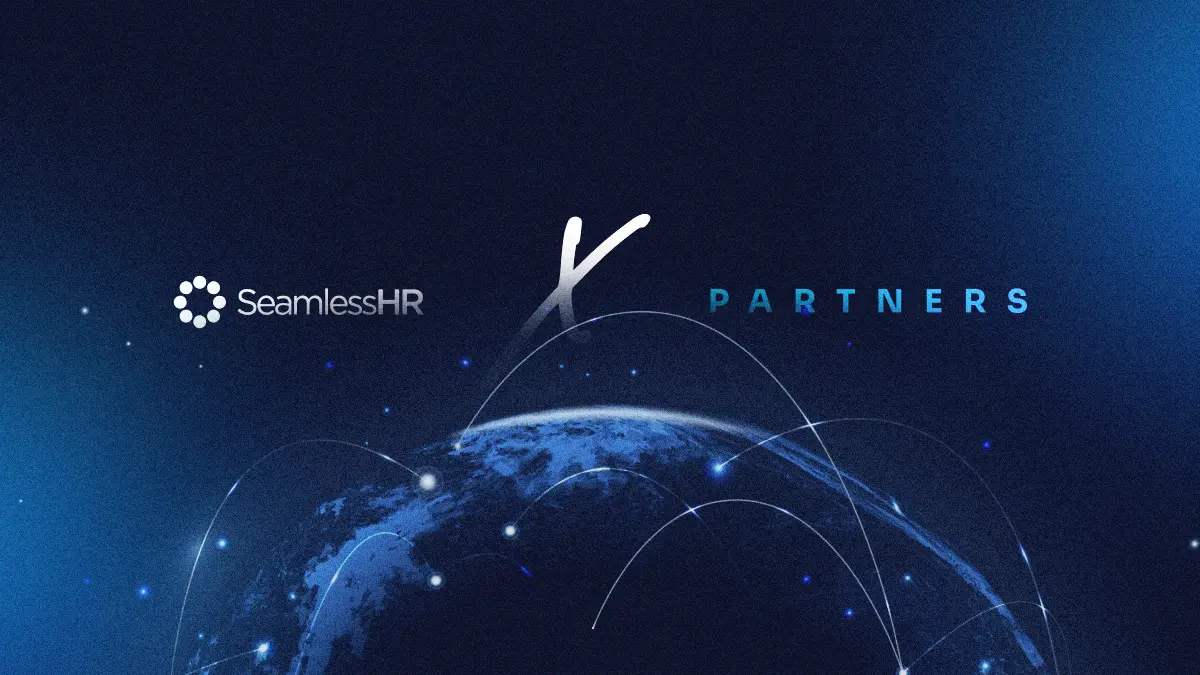A job description summarises the responsibilities, skills, and qualifications of a job role. For many applicants, the job description you write is the first contact they have with you, and from this first impression, you can get the right people to apply for the opening and reduce time spent recruiting for a role.
Job descriptions help set pay grades, determine job titles, and manage performance, among other benefits.
Importance of writing job descriptions
1. Helps to manage performance
With a clear job description available from the recruitment stage, employees already understand what is expected from them in the roles they’re hired for. This makes it easier for them to meet those expectations and helps line managers during performance appraisals.
2. Helps identify the right employees
A job description helps identify the particular skills and people suitable for a position.
With the required skills and capabilities listed, prospective applicants know whether to proceed with their application or not, while recruiters have a compass to judge applicants.
Steps to writing an effective job description
Below are the steps to writing an effective job description.
1. Conduct a job analysis
To conduct a job analysis, HR will have to gather and organise information about the role. This can be done by interviewing and observing employees who already work in that role or employees who will collaborate with workers that fill the job role. HR can also speak with line managers to discover departmental needs and expectations and perform research from other sources.
The job description prepared from this research should be reviewed by the team lead and the employee who currently fills that role.
2. Write a specific job title
A job title is a short description (one to four words long) that reflects the job’s content, purpose, and scope.
Make your job title clear and specific. People will be looking out for words they know, so consider that as you craft job descriptions. For further context, you can get input from the department tied to the job role.
3. Summarise the job
You should go over the knowledge, skills, abilities, personality traits, and experience required for the role in your job description.
Where necessary, describe credentials, physical characteristics needed for the role, and even the environmental factors the candidate should expect to experience while working in that role.
It should also cover the core duties and responsibilities so that prospective candidates can visualise a regular day at work.
4. Share your company profile
Include a short introduction to your company. Are you a technology company providing Software as a Service (SaaS) or a startup digital marketing agency?
Include details about your company culture, organisational mission, vision, and other values that characterise your organisation. These small details further help them decide whether your organisation is the place they want to work in.
5. Indicate compensation and benefits
You can decide to be specific about the salary or include a salary range, so applicants know what kind of remuneration to expect from the job even before applying. This saves the applicants’ time and also helps the reviewer by cutting out unnecessary applications.
Mentioning the benefits attached to the job is another good practice as well. It helps attract the best applicants, and if your organisation has a reasonable compensation and benefits policy, it immediately sets you apart as a choice employer.
6. Add a disclaimer
Add a line that explains that the responsibilities covered in the job description are not exhaustive and that the employee’s duties might change according to their manager’s discretion.
Conclusion
A job description summarises the responsibilities, skills, and qualifications a job role entails – all of which may vary from one organisation to another.
Still, a job description should contain the job title, the duties involved, a brief introduction of your organisation, compensation and benefits and a disclaimer as well – all written in a friendly and easy to read language.
With SeamlessHiring, you can manage your entire recruitment process -from creating job openings to tracking applicants and conducting interviews.
SeamlessHiring helps HR save time by filtering resumes through an advanced Applicant Tracking System, manage collaborative hiring, internal hiring, and keep track of your talent pool.
Find out how SeamlessHiring works. Book a demo with us today.






